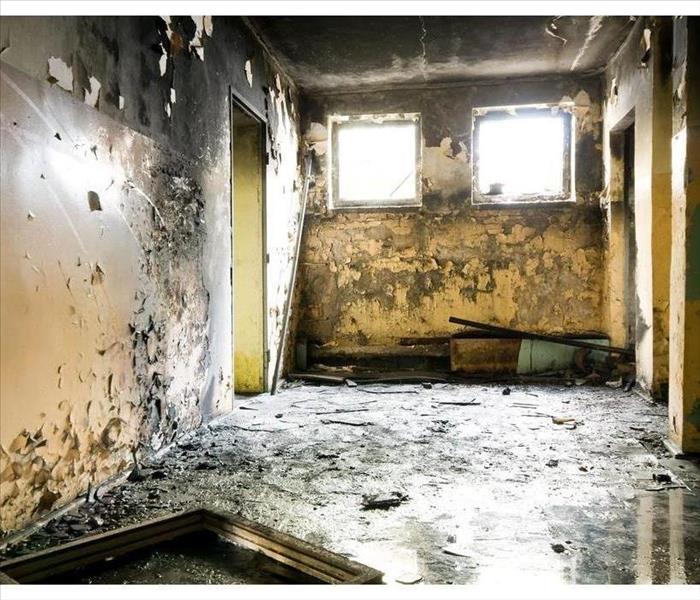How to Handle Both Water and Fire Damage
1/24/2022 (Permalink)
How to Deal with Fire and Water Damage
A commercial fire in Pflugerville, TX presents more than a few problems for a business owner. Many can feel overwhelmed and unsure where to start. After the fire has been extinguished by the fire department, for example, business owners may find that they now have to deal with water damage on top of the fire and smoke damage. Though your business insurance policy is referred to as fire insurance, it will usually cover any water damage to the premises as well. Thankfully, there are restoration professionals who are trained to handle both types of damage, even simultaneously. Here’s what to expect from these companies when treating your building for water and fire damage.
Inspecting
Restoration professionals will use state-of-the-art equipment to assess the severity of water and fire damage on the premises, including all surfaces, belongings and assets. This will include identifying areas that have been damaged by water and those that have been damaged by fire, smoke or soot.
Boarding and Tarping
If windows or ceilings have been destroyed, fire restoration professionals will cover them with boards and tarps. This will prevent any further damage, especially from water, to the affected area. This also creates a more secure environment for the restoration professionals to work in.
Removing Water, Soot and Smoke
A fire hose uses a lot of water in a short amount of time. This inevitably causes water damage on the surfaces on which it is used. Once the environment is secure and the property inspected, restoration professionals will remove any moisture before addressing soot and smoke damage. This is because soot can often mix with the water, and treating areas for soot that haven’t been treated for water is nearly impossible. Once the water has been dealt with, workers will get started on removing all soot and smoke damage.
The remainder of the fire restoration process will be devoted to cleaning, sanitizing, and restoring the affected areas to their pre-fire condition. Once that’s completed, a well-done restoration job will mean your building will look as good as new.




 24/7 Emergency Service
24/7 Emergency Service
